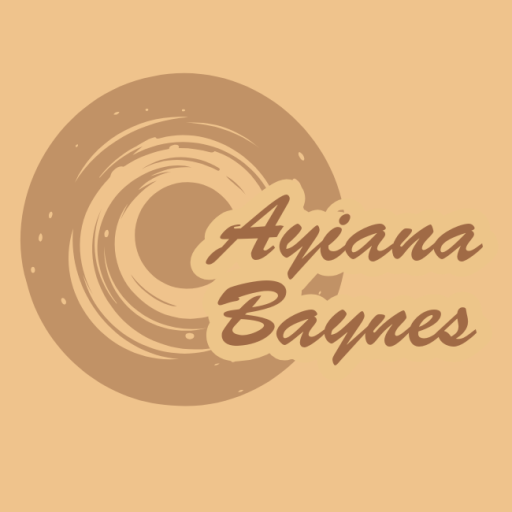Uncategorized
-
Final Project
Water Retention and Community Engagement: United in Crisis Next Steps The next step that we should take in order to resolve our problem of water infrastructure has to do with community gardens. However, we are specifically looking at rain gardens, which I will expand more on shortly. We believe that rain gardens can be a good way to help reduce flooding from the rain water that runs off of roofs, driveways, streets, as well as other things. The community that we would be implementing these solutions into is East St. Louis, Illinois. It is a city that has faced devastating flooding for many decades. These rain gardens will help to…
-
Reflection #7
-
Reflection #6
“The Great River” by Bruce Upholt After reading chapter 4, “Half Horse, Half Alligator,” from “The Great River” by Bruce Upholt, I immediately noticed a difference in my experience reading this text and our literary texts. The most notable differences was that it felt more like a narration on the events described instead of a story, as well as that it confused me on the people depicted. Firstly, this chapter felt more like a narration of the events described instead of a story because it felt like I was reading a history book. To elaborate more on that, with our other literary texts, we are reading about history and non-fiction…
-
Reflection #5
“You Don’t Have to Say You Love Me,” Sherman Alexie “You Don’t Have to Say You Love Me” by Sherman Alexie was a very interesting read that kept me hooked throughout the entire reading. This memoir of his was mostly about his mother, but it also heavily revolved around him as well. He opened my eyes to a lot of Native American culture and experiences that I previously was not fully aware of, and this made me want to read the entire book. I believe this memoir was riddled with so many symbols while also sharing various experiences that Native American people go through. First, this memoir is riddled with…
-
Digital Project #3
Link to map pasted below: Digital Project #3 Map
-
Multimodal Composition #2
My part in the 2nd Multimodal Composition was the causal chain analysis. A casual chain analysis is a method of examining a problem by breaking it down into a series of linked cause-and-effect relationships. My paragraph is pasted below: After conducting a causal chain analysis, we found that community gardens are driven by the people in the garden’s communities. These people include the homeless, local organizations, schools, as well as other groups. The role these people and groups play in community gardens are that they invest their time and resources to maintain the gardens. How the homeless population contributes has been previously explained, however, local organizations and schools contribute as…
-
Source Analysis #6
